Stamp collecting is far more than a pastime. It combines history, geography, culture, and fine details into one disciplined pursuit. For collectors who take the hobby seriously, tools are just as important as the stamps themselves. The right equipment not only preserves a collection but also helps identify, organize, and properly value stamps. Understanding and using these tools is the difference between casually keeping stamps and building a reliable, long-lasting collection.
The Role of Tools in Stamp Collecting
Stamp collecting tools serve two primary purposes: preservation and identification. Preservation ensures stamps remain in excellent condition, free from oils, dirt, or environmental damage. Identification allows collectors to determine catalogue numbers, varieties, and values with accuracy. Both are essential for collectors who want to protect their investment and enjoy the details of their hobby.
Stamp Tongs
Stamp tongs are the foundation of every collector’s toolkit. They may resemble tweezers, but they are specifically designed for delicate handling. Unlike ordinary tweezers with sharp tips, stamp tongs feature smooth, polished ends that prevent damage. Oils from fingers can alter gum or leave stains, and tongs eliminate that risk entirely.
Tongs come in several styles. Spade tip tongs provide broad contact for larger stamps. Pointed tip tongs offer precision for careful placement. Rounded tip tongs are ideal for general use. Many collectors own more than one pair to suit different situations. Long needle-nose tongs, with their narrow ends, are favored by those who want pinpoint accuracy and minimal contact with the stamp surface.
RECOMMENDED: Long Needle-Nose Tongs
Magnifying Glass
Magnification is essential because stamps contain countless fine details that cannot be seen with the naked eye. Engraving lines, subtle shading, microprinting, and design variations can determine whether a stamp is a common issue or a rare collectible. A magnifier in the 10x to 15x range is generally sufficient.
Jeweler’s loupes, often with built-in lighting, are widely used. They are portable, inexpensive, and effective for day-to-day identification. In recent years, digital magnifiers have become more affordable, offering extreme close-ups on computer screens. These are useful for detailed study, though many collectors still prefer the quick convenience of a hand-held magnifier.
RECOMMENDED: Jeweler’s Loupe
Perforation Gauge
Perforations, the small holes around a stamp’s edge, are among the most critical identifiers in philately. Two stamps with identical designs may have different perforation measurements, creating different catalogue numbers and values. A perforation gauge allows collectors to measure these precisely.
The process is simple: align the stamp’s perforations with the guide’s measurement circles or lines until they match exactly. Clear plastic gauges are often the most accurate, as they can be laid directly over the stamp without creating a gap. Tools such as the Precision US Specialty Multi Gauge are especially reliable for U.S. stamps.
RECOMMENDED: U.S. Precision Specialty Gauge
Watermark Detection
Many stamps, especially older issues, contain watermarks—faint designs pressed into the paper during manufacturing. These acted as security measures to deter counterfeiting. Identifying whether a stamp has a watermark, and what type, is essential for accurate classification and valuation.
Collectors often use watermark fluid, a solution that temporarily reveals the watermark without harming the stamp. An inexpensive alternative is lighter fluid, such as Ronsonol, which many dealers prefer. It evaporates quickly and reveals watermarks effectively, though it has a strong odor. Digital watermark detectors also exist, but they are more costly and less common. Regardless of the method, watermark detection is a skill every serious collector must master.
RECOMMENDED: Ronsonol Lighter Fluid
UV Light for Stamp Tagging
Modern stamps often use tagging, a clear phosphorescent coating that helps postal machines detect and process them. A UV light reveals tagging, making the stamp glow—usually greenish in color. Identifying tagging is important because certain issues of the same design can differ in value depending on whether they were tagged.
Beyond tagging, UV light is also useful for spotting paper differences, repairs, or alterations that cannot be seen under regular lighting. It adds another layer of precision to the identification process.
RECOMMENDED: UV Light
Color Guides
Color differences in stamps can create distinct catalogue listings. A color guide helps collectors compare their stamps to standardized swatches. Tools like the Stanley Gibbons color fan provide a range of commonly recognized shades.
However, colors on stamps often shift over time due to aging, exposure, or printing variations. Advanced collectors sometimes invest in specialized encyclopedias that display actual examples of classic colors. Though these references can be expensive, they offer unmatched reliability. Certification is another method—sending a stamp suspected of being a rare shade to a professional service. If confirmed, the certified example becomes a reference tool for the collector’s future comparisons.
RECOMMENDED: White’s Encyclopedia Of Colors
Proper Lighting
Lighting conditions can dramatically affect how stamps appear. The warmth or coolness of a bulb can make one color look like another. Since slight variations in shade may represent significant differences in rarity and value, proper lighting is crucial.
Natural daylight lamps are the preferred choice. Brands like OT-light produce bulbs that simulate daylight and provide the most accurate color rendering. Many dealers and advertisers use these lamps to ensure they display stamps in their truest colors.
RECOMMENDED: Ott-Lite
Stamp Catalogues
Identification requires reference materials that provide detailed descriptions of issues, varieties, and values. Catalogues are essential in this respect.
The Scott Catalogue is the standard reference in the United States, listing U.S. and worldwide stamps. Collectors in the United Kingdom often use Stanley Gibbons, while Michel is popular in continental Europe. These catalogues are available in both print and digital formats, making it possible to search for issues quickly and cross-reference details.
RECOMMENDED: Scott Stamp Catalogues
Storage Solutions
Once stamps are identified and organized, proper storage ensures their long-term preservation. Traditional glassine envelopes are inexpensive but often messy and difficult to organize. They can accumulate quickly and take up unnecessary space.
Stock books with black varia pages are a more efficient solution. They allow stamps to be arranged neatly, easily accessed, and securely held without adhesive. Many collectors use them to store duplicates or stamps awaiting placement in albums. For permanent display, specialized albums with archival-quality pages remain the standard, but stock books are versatile for everyday storage.
RECOMMENDED: Vario Stockbook Pages
Building a Collector’s Toolkit
A collector’s toolkit typically grows over time. Beginners may start with just tongs, a magnifier, and a simple album. As experience increases, additional tools such as perforation gauges, watermark detectors, UV lights, and advanced catalogues become indispensable. Serious collectors understand that these investments not only safeguard their stamps but also enhance their ability to discover and properly classify rare and valuable issues.
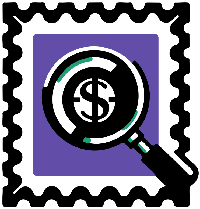





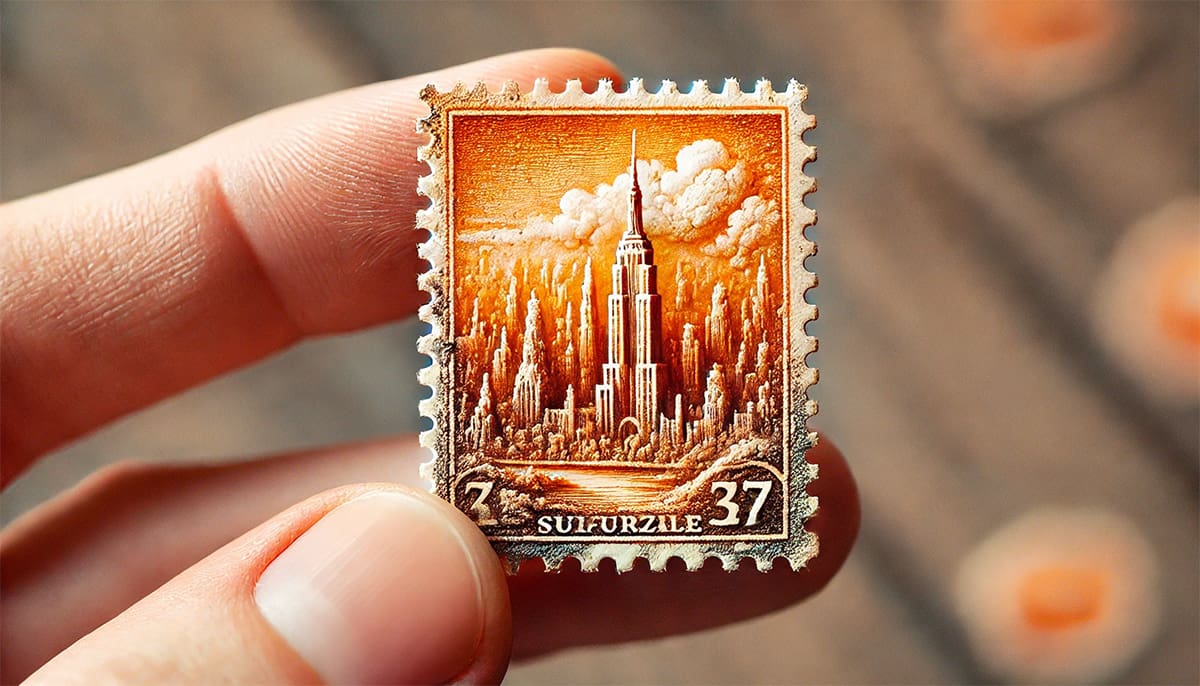
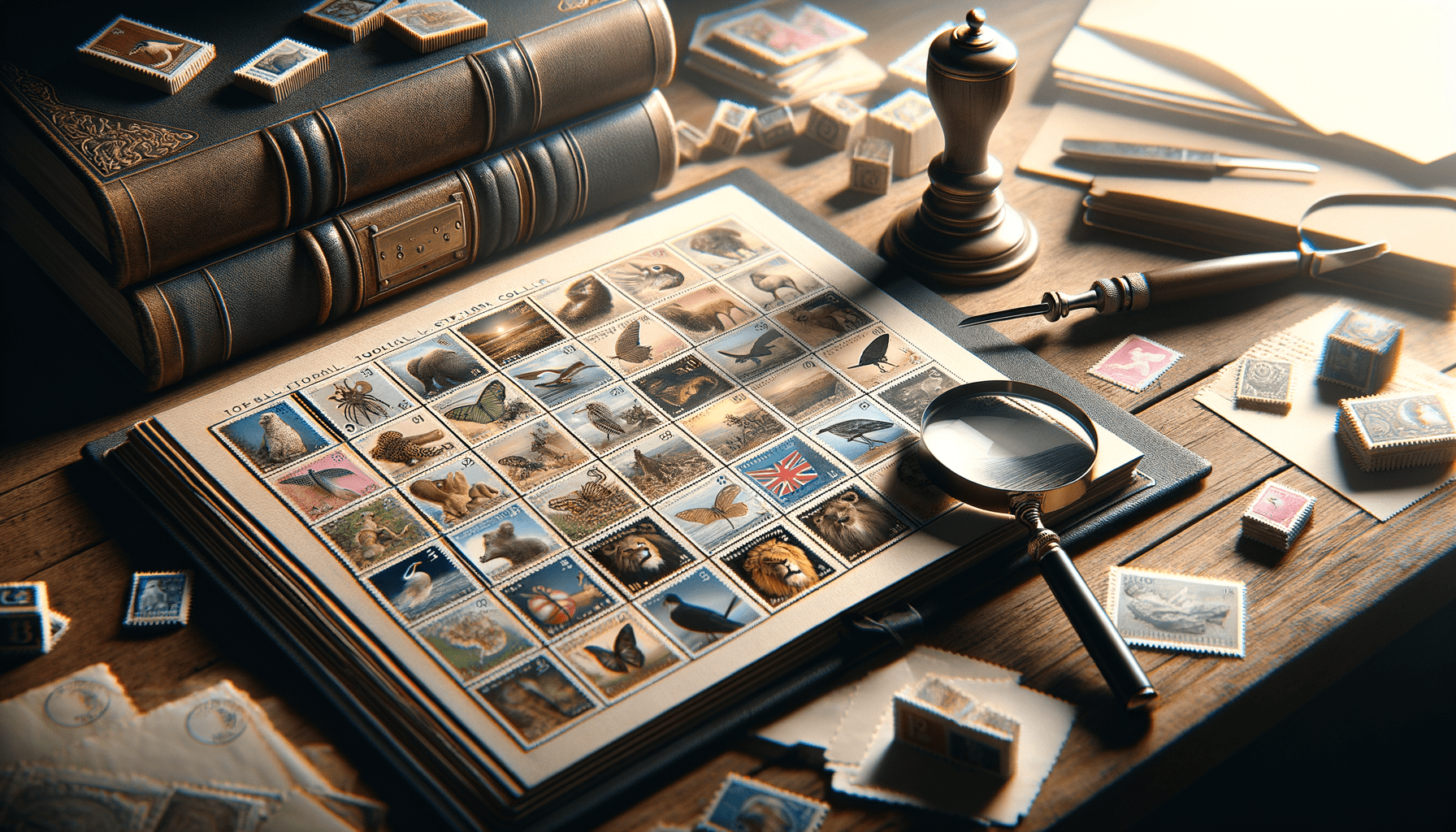
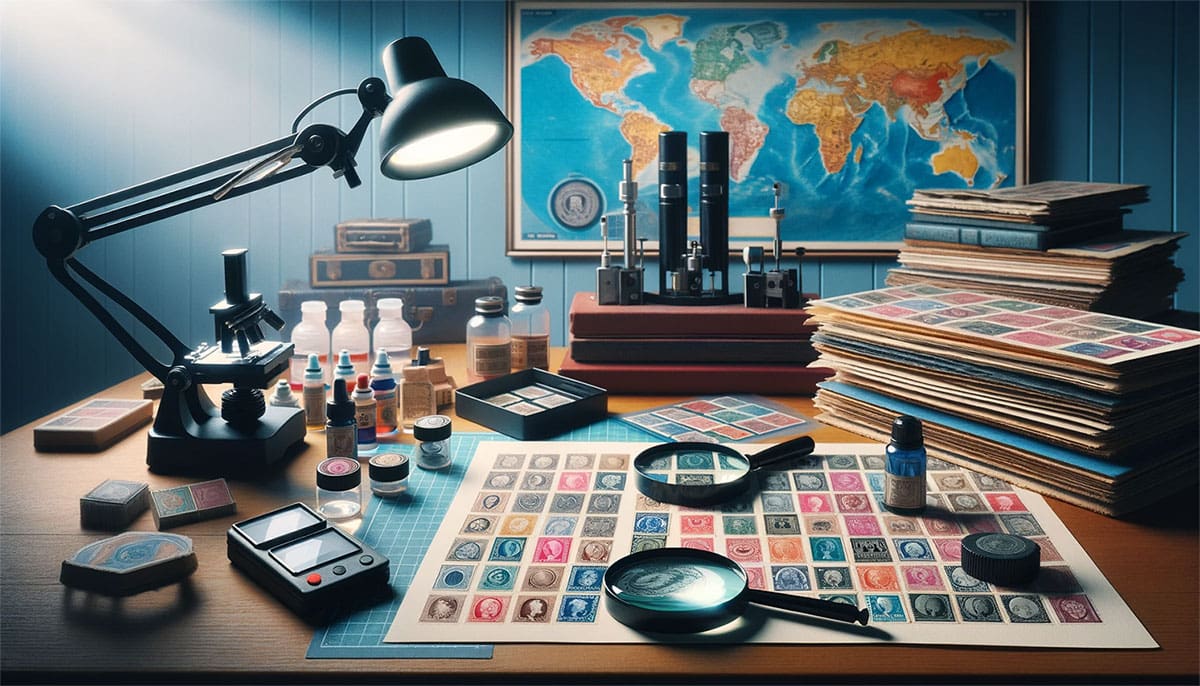
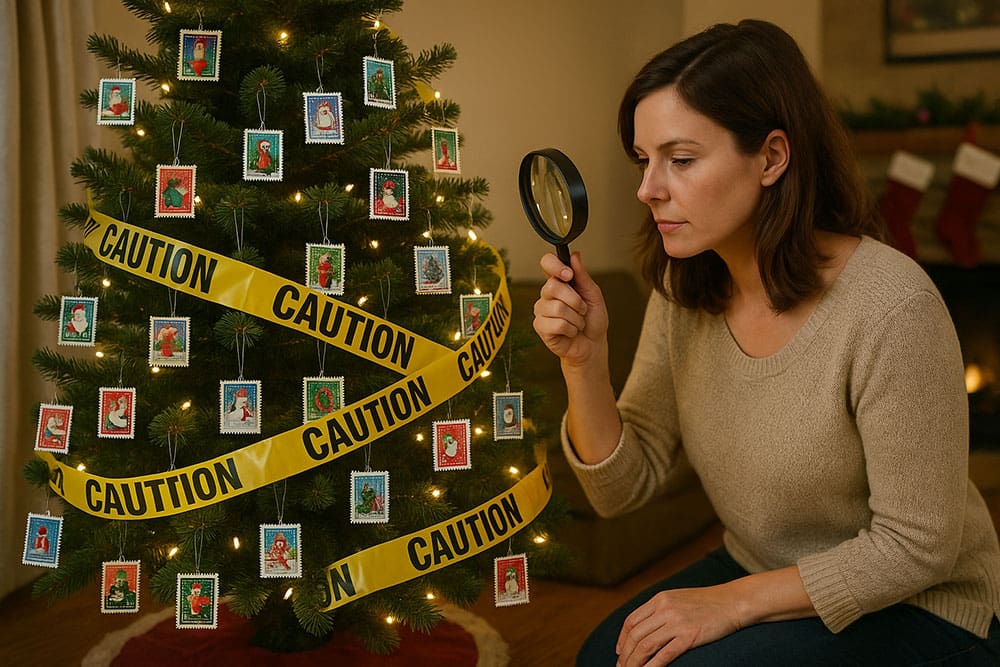


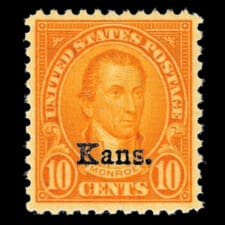
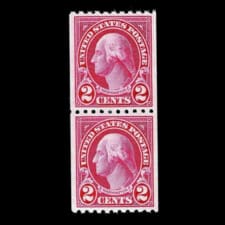
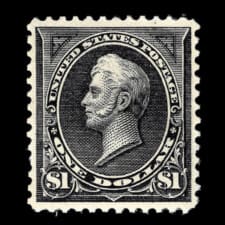


Ask A Question Or Leave A Comment